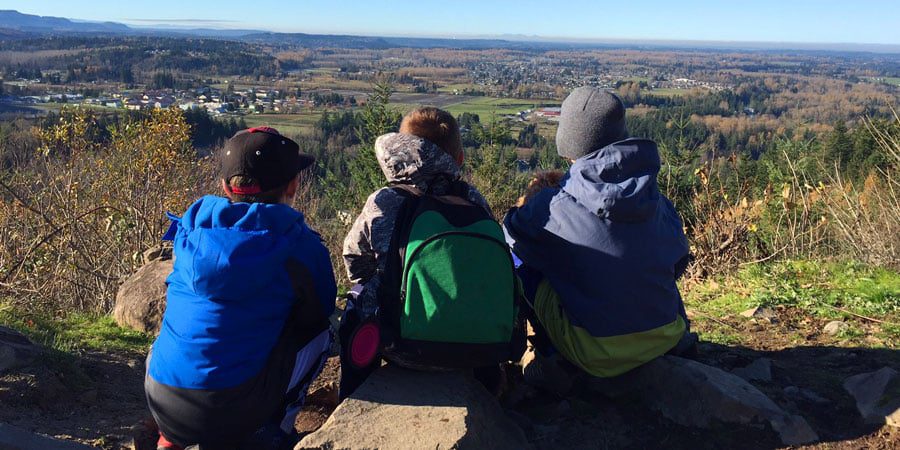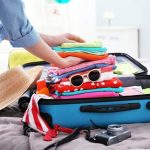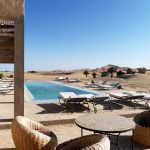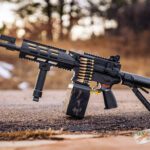Backpacking is about travelling with a backpack and pretty much only a backpack. I think it still has negative connotations with being poor (budget travelers (which we are)) and usually young but we don’t care about that and actually we’ve met backpackers of all ages.
We think backpacking is fast, exciting, adventurous, even liberating and we love it.
Here’s how I manage to backpack, alone with three kids.
Choosing
backpacks
There’s a huge amount of choice out there and getting one online will undoubtedly save time and money but don’t do it.
In order to find a backpack that suits you, you’ll need to try them on. There’s nothing worse than buying a badly fitting backpack that cripples your shoulders and you decide you hate it after the first day.
Take a day to visit outdoor & camping stores and try as many backpacks on as possible. Smaller stores often offer discounts if you buy multiple products and they have more time to help you out.
What are your
limits & stresses?
Much like any type of parenting, backpacking solo with kids can be a challenge. It is a huge drain on the parent’s energy so it’s imperative to work out your limitations. Avoiding parental burn out is essential to happy backpacking.
My limitations and stresses revolve around luggage, patience and time alone. Dealing with three independent-thinking kids can be time consuming and thus energy draining and I quickly lose patience. I need down time and time alone – even if it’s only 20 minutes. I need that time to re-align myself and gather my cool.
For this reason I decided that wherever we stayed, I wanted accommodation with a pool and if not, we needed to be within walking distance of the beach. My younger kids are so happy in the water and it gives me some breathing space as they don’t need constant supervision.
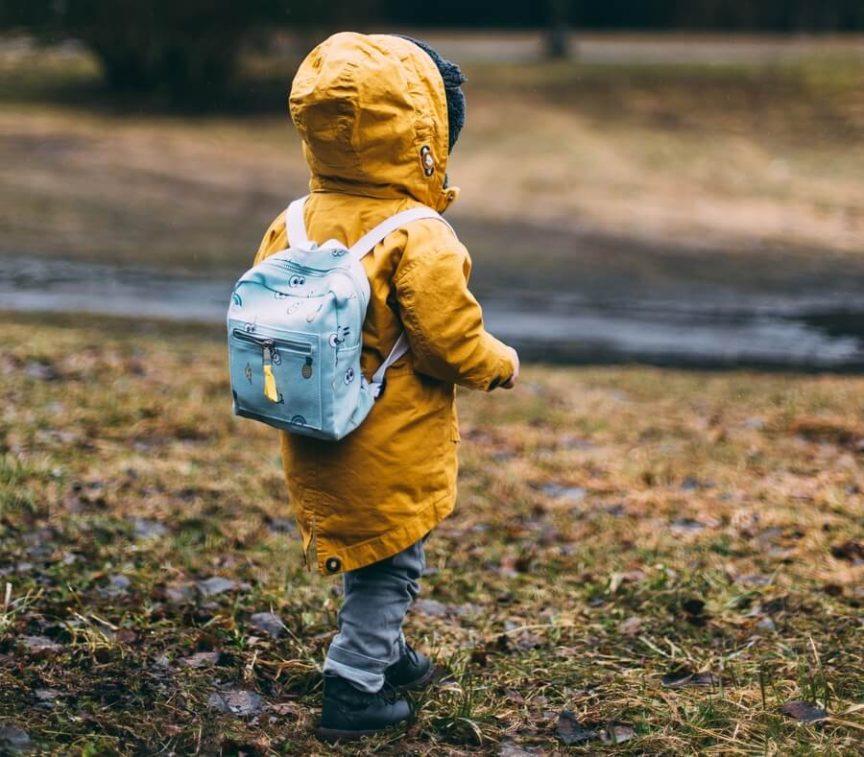
I also know that the amount of luggage we have stresses me out. It’s so difficult to keep track of many bags and getting baggage in and out of airports, on and off planes and buses is physically gruelling and it can leave us vulnerable to exploitation.
For this reason I settled on two 10kg backpacks and a small day pack however packing four people’s possessions into two backpacks does mean that we have to pack smart!
What to pack
If you’re a hoarder or an over-packer, I’d recommend starting the packing process a few weeks prior to leaving. Arrange everything that you’d like to take and see it’ll fit into the backpack And Child Carrier. If it fits in your pack, woop-dee-doo, you don’t need to do anything else. If it doesn’t fit, lay it all flat on a free surface and start by removing an item a day. You actually do not need half of what you think you’ll need. Really take it back to basics!
Our best tip would be to mix and match items of clothing, for example, we stuck to: one pair of leggings/trousers, two pairs of shorts and a selection of four t-shirts, a lose fitting shirt and a hooded top. Stick to colours that match that way you can wear all four tshirts with your leggings, trousers or shorts.
I would suggest taking clothes that are darker in color. White clothes look great on day one but after that they start going grey. Take clothes that will withstand frequent hand washing.
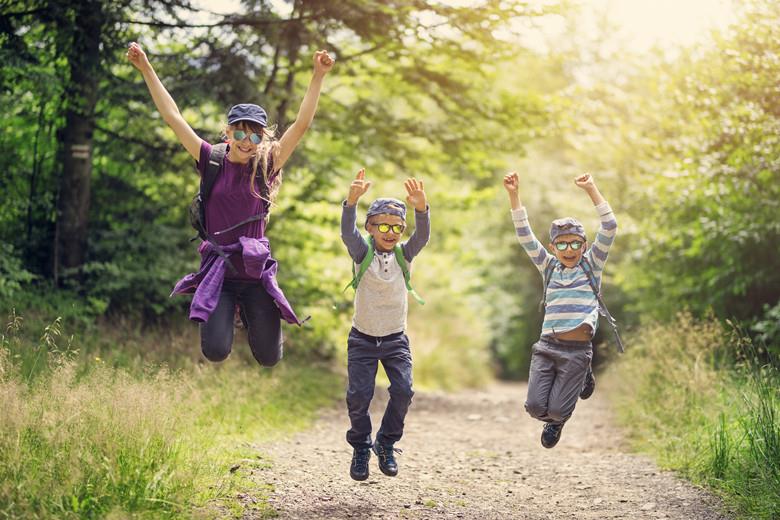
The first time we went backpacking, we took our walking boots and had to then wear them every time we travelled – which was every three to four days. It was a massive pain in the derriere, I would drip with sweat after just a few minutes, my feet would stink and not to mention I looked seriously scruffy. I would never do it again. Unless you’re actually hiking something massive like Kilimanjaro you can wear trainers/sneakers very successfully and combine these with a pair of sandals or flips flops.
How to pack
There are many techniques to packing a backpack but our top two tips are:
- Roll your dresses up as tightly because reasonable
- Invest in good packing cubes
Packing cubes are invaluable to not only limiting what you take but organising it all too. They’re easily accessible and usable if necessary.
Top things to
take
These are the items we’ve discovered we cannot live without.
- A maximum of four pairs of underwear for each person and three pairs of socks.
- One warm, long-sleeved jumper or hoodie per person. The days are warm but often the nights are not.
- Two very long shoelaces – we tied these together to create a clothes line and have used it everywhere we’ve been.
- Six clothes pegs – these doubled up as washing line pegs and for folding down packets of food to keep them fresh.
- A bar of olive oil soap in a small Tupperware box. I found olive oil soap to be the best at removing stains and keeping clothes fresh. The box kept it fresh and stopped soap slime.
- Kindles. Four kindles took up virtually no space at all but meant that each child could have one and was able to have quiet time or keep themselves occupied. Invaluable! We bought ours second hand off eBay for a bargain.
- Microfiber towels were our best packed item. We purchased ours from ‘the little bodhi’ and each one was 130 x 90cm but folded up into a carry bag of about 10 x 8 x 2cm. They dried really quickly and took up virtually no room. in a side pocket.
- Consider taking a small day back-pack for trips. Our day pack was a really old, ripped and stained bag but it was awesome at hiding my camera and carrying water and food too.
- A plastic bag for bottles of water, dirty/wet clothes, food or to prevent toiletry leakage. Alternatively a tote bag.
- I am in love with my mooncup and cannot recommend it enough. In many countries we visited, female products were hard to source. The mooncup takes up less than 5cm of space and is great for the environment too.
- Water bottles take up room but they’re essential in keeping hydrated. Maybe consider a water bag. Depending on where you’re going you might want water tablets too.
- A very small first aid kit; some plasters, bite cream, antiseptic cream, tweezers, eye drops, lip balm, diarrhea tablets, paracetamol, calpol sachets
